Uncovered: Which Ancient Civilization Actually Invented Massage?
| Authored by: Tayyaba |
| Reviewed by: Kapil Dhameja |
| Estimated Reading Time: 6 minutes |
When you were in your childhood and you got a swelling or a slight injury while playing, you might remember your mother’s gentle strokes on the area with some cream, oil, or simply the warmth of her fingers, which gave you a sense of relaxation and provided healing. This touch of healing that is universally celebrated and felt has evolved into a methodical form known as massage. To define it technically, “Massage therapy is the scientific manipulation of the soft tissues of the body for the purpose of normalizing those tissues and consists of manual techniques that include applying fixed or movable pressure, holding, and/or causing movement of or to the body.”
Massage, in different ways, originated across different civilizations from China to India to Rome. The eastern and western civilizations realized how massage could help cure illnesses, relieve pain, and even provide deep relaxation. There is a long history of the evolution of massage since ancient times, when it emerged as a sacred practice of healing. But for many centuries then, cultural changes deemed it as a shameful form of indulgence. In modern times, it experienced a resurgence, evolving into the therapeutic practice it is today.
In today’s blog, we will explore ancient roots of massage across civilizations, including India, Egypt, China, Greece and others. Let’s get started.
|
Table of Contents |
Major Markers in the History of Massage
Before we begin our main discussion, let's have a timeline to better understand the history of massage.
Ø 2700 BCE: In this time period, China is known to develop massage, from where the first written evidence is found. “Yellow Emperor’s Classic Book of Internal Medicine” by Huangdi Neijing is the first known Chinese text addressing massage therapy— a staple for its training published in English in 1949. It often serves as teaching material for acupuncture, acupressure and herbology.
Ø 2500 BCE: Hieroglyphs and wall paintings from Egypt as early as 2500 BCE depict people being massaged, suggesting a common therapeutic practice as part of their tradition. Furthermore, Egyptians pioneered reflexology, and their traditions profoundly impacted Greeks and Romans.
Ø 1500 BCE: Although the practice may have started as early as 3000 BCE, the first documented massage therapy practices come from India in 1500 BCE from the treasure of Ayurveda.
Massage in Ancient India: Ayurveda and Abhyanga

In India, Ayurveda— the science of “life” with a holistic approach that includes medication, exercises, and diet existed and still exists which is about 5000 years old. It is a comprehensive system that covers mental, physical, and emotional aspects of health.
The central concept of Ayurveda is the Doshas. Think of a cream biscuit whose sweet taste and flavour depends on the cream inside it. Similarly, doshas translate to hidden biological energies that decide your unique traits and nature. They govern the mental and physical processes of your body. There are three types of doshas—
1. Vata (governs movement and creativity)
2. Pitta (responsible for digestion and energy)
3. Kapha (gives stability and strength)
Ayurveda believes that maintenance of health depends on the balance of these doshas, while their imbalances cause disease. This determines its massage therapies that are provided both as a preventative measure and a cure for different health conditions. One of the most significant massage therapies from Ayurveda is Abhyanga, which is discussed in the next section.
Abhyanga
The term "Abhyanga" has two meanings. Firstly, it refers to Ayurvedic oil massage in general, which includes various massages such as "shiro abhyanga" for the head and "pad abhyanga" for the feet. Secondly, it means the oil massage that covers the entire body. It's an oil massage that can be applied to the whole body or any part.
It is performed by massaging medicated or herbal oils chosen on the basis of an individual's specific natural constitution (prakriti, dosha type) and current condition (vikriti, imbalance in dosha).
Ayurveda calls it “dinacharya,” meaning a daily ritual that was part of the routine of traditional families. Ancient families passed the tradition of Abhyanga from generation to generation. Mothers and grandmothers used to warm the oil, believing it to penetrate deeply into the tissues that research in modern times talks about to give a relaxing massage. Infants’ “tel maalish” (oil massage) is a very famous and ancient tradition of India in which they were gently massaged for nourishment, strength, and immunity.
The benefits of Abhyanga are clearly described in the different ancient texts foundational to Ayurveda, for example,
“One who performs oil massage (Abhyanga) daily does not get affected by old age, has relief from exhaustion, and has an inhibition of the Vata dosha. It bestows good vision, nourishes the body, promotes longevity, ensures good sleep, and strengthens the skin.”
(Charaka Samhita, Chapter 5, 88-89)
There are also research studies, however small-scale, that have investigated the benefits of Abhyanga. Though large-scale research is required to provide solid evidence, existing ones are indicators for its advantages. For example, one study found that Abhyanga proved to be an effective way to decrease stress levels, improve quality of sleep, and enhance one’s overall quality of life.
People also testify about the results of Abhyanga. For example, Gargi Chakraborty says, “Practicing Abhyanga thrice a week with sesame oil during the winters, have benefited me immensely. My regular chest congestions, cracking joints and quality of sleep has improved significantly,” who is a volunteer with the Isha foundation, diagnosed with aggravated Kapha dosha. This ancient massage treasure hence proved to be timeless with its holistic benefits.
Ancient China: Qi and Tui Na

As we saw above, one of the oldest written records for massage therapy comes from China— Huangdi Neijing’s book. Through it, we find a description of an ancient form of massage known as Anmo (pressing and rubbing). It also suggests massage for treating different problems, from paralysis to fever to intestinal issues.
Philosophy of Traditional Chinese Medicine (TCM)
Traditional Chinese Medicine (TCM) is a simile to Ayurveda in the language of holistic medicine. Ask how? It is also a holistic system of healthcare of about 5000 years like it. Not only this, but the philosophy of TCM sounds quite similar to the Ayurvedic concept of doshas. Let’s unfold its philosophy—
As per TCM practitioners, Qi (pronounced as Chee) is the vital force for all living beings, which you might have seen depicted in cartoon movies in the form of inner peace or power. It is believed to travel through specific pathways in the body known as meridians. For them, health is a state of harmonious and uninterrupted flow of Qi, while illness is the result of blockages and imbalances in it. Massage therapies work on this same principle.
Massage was devised by the Ancient Chinese for the dual purpose of relaxation and medical treatment that was combined with Chinese medicine, martial arts, and Buddhist and Taoist beliefs. In modern day, some techniques are still in practice, such as acupuncture, acupressure, and herbal therapies.
What is Tui Na therapy? Over centuries, Anmo massage evolved into a more polished and comprehensive technique known as Tui Na (推拿), translated as “push and grasp.”
It is a massage technique where practitioners use fingers to apply pressure to stimulate certain points, often used in combination with acupuncture. It involves several actions like kneading, brushing, rolling, shaking, and percussive tapping to achieve therapeutic outcomes.
To talk about its modern relevance, according to Wikipedia, “A collaborative study between researchers in China and Germany concluded that the use of Tui Na techniques can be a safe, low-cost method to reduce back and neck pain.” Therefore, ancient China's massage therapy gave fruits to the modern world as well.
Massage in Ancient Egypt
The ancient Egyptians developed their own form of massage therapy around the same time as China. The evidence is the written records and tomb paintings depicting individuals getting massages. The written records include the famous Ebers Papyrus (c.1550 BCE), an important medical papyri of ancient Egypt. It emphasizes rubbing the body to treat pain and stiffness that indicates towards the practice of massage.
Spiritual Dimension: Egyptians believed in the soul and afterlife. Their approach to healing was hence based on the blend of medicine and spirituality. So, they used to bury their dead ones after the process of mummification, aiming to preserve the body for the next world. The major step in it was anointing the body with oils that are closely related to massage— both a physical and spiritual act. Priests-physicians used aromatic oils and ointments in rituals and ceremonies believing in their multiple benefits that includes healing from physical ailments, warding off evil spirits and appeasing the gods that reflected their deep spirituality.
Stature and Beauty: Egyptians had a great sense of oils that symbolized status and beauty. They used essential oils like frankincense, myrrh, and cedarwood, massaging them into the skin for pain relief, body rejuvenation, and protection against harsh climate and infections. Egyptian beauty is widely talked about, particularly the renowned beauty secrets of Cleopatra, the Egyptian queen. She is known to have milk and honey baths and use luxurious oils to preserve beauty, youthfulness and status.
The blend of beauty, spirituality, and medicine in Egyptian culture stands out and is reflected in their massage practices that later influenced other civilizations like Greece and Rome, who adopted many of their herbal and aromatic traditions.
Massage in Ancient Greece and Rome
The Ancient Greeks and then Romans laid the foundations for massage in the western world inspired by the East, particularly Egyptian traditions. Hippocrates, the father of Western Medicine, the Greek philosopher, emphasizes the importance of learning massage from experts in his work, “De Articulis.”
“The physician must be experienced in many things, but assuredly in rubbing… for rubbing can bind a joint that is too loose and loosen a joint that is too rigid.”
Therefore, according to him, a key component of a physician’s toolkit is “anaptrisis,” meaning “to rub up,” denoting the massage.
How was Massage Incorporated in the Greek lifestyle?
It was in athletic culture. Athletes were prepared in gymnasiums— public centers for exercise, massage, and training. They were given an olive oil massage that warmed their muscles and enhanced flexibility. Post-competition massage was also given to relieve fatigue and heal from strain. The Greeks deemed the dual benefit of rehabilitation and performance from massage. Bathhouses were another important center that reached their peaks in Roman culture, discussed ahead.
Rome: Romans took greatly from Greek culture and raised the bar to the extraordinary. Their empire introduced public bathhouses, or thermae, that were social hubs for hot baths, relaxation, and massages.
They ran on a certain lengthy cultural process where citizens went through a series of rooms of different temperatures for different purposes. For example, there were massage practitioners that would anoint the body with oil and scrape it away with a metal tool or strigil along with dead skin and impurities that exfoliated the skin, stimulated blood circulation, and relieved muscle tension.
Soldiers relied on massage therapy to heal wounds and overcome exhaustion. For citizens, it was a daily ritual of health and hygiene, being a means of socialization too.
Roman physician Galen further refined the medical applications of massage, categorizing different types of rubbing for different therapeutic effects.
“Of the various kinds of rubbing, that which is rather firm and hard braces the body, while that which is gentle and soft relaxes it.” (De Sanitate Tuenda).
The Romans enjoyed massage as a luxury and a social activity. Wealthy people hired their own massage therapists, while urban centers were also not deprived of them. Oils and perfumes that they used were often imported from Egypt. Their practices created a history of Roman massage culture where it was meant both as a lavish treatment and a physical equipment.
Other Ancient Cultures

Now, let’s have a look at other ancient cultures that embodied massage as part of their traditions.
Japan: The world-famous Japanese Shiatsu therapy that focuses on applying pressure to acupressure points along the body meridians to achieve proper flow of Qi, known (as Ki in Japanese) has roots in Chinese traditions that were brought by Japanese monks as they travelled to China in the 6th century. Over time, as they adapted their techniques, they practiced “Anma” or “Anpuku,” which has now taken the form of Shiatsu.
Native American Culture: Massage was meant for daily life, ritual purposes and healing ceremonies for many indigenous tribes of the Americas. They were spiritual— seeking harmony of the body with nature and the community. They used oils for beauty and self-care also. For example, the use of Batana oil by the Miskito tribe for hair and scalp.
Hawaiian Culture: Hawaiian culture embodies a form of ancient bodywork done by kahuna, or healers, in the temples as a sacred ritual known as Lomi Lomi, which means “to break up into small pieces with the fingers.” This practice combined both physical therapy and spiritual gesture.
Africa: Many African traditions used massage with natural oils during important life events, childbirth recovery, and community ceremonies.
Massage therapy wasn’t just limited to a few big civilizations as these lesser-famous cultures denote. It was truly universal, shaped by different cultural values and natural resources of each society.
The Common Thread Across Civilizations
Despite the cultural uniqueness and blend of massage therapies, there are some similarities between them. Here, we are to discuss the common thread that runs through the different civilizations.
Holistic Aspect: No ancient culture that we discussed separated physical health from mental and spiritual well-being. Massage was seen as a holistic practice to heal the person with its mind, body, and spirit and as a means to connect with the Divine. Whether it was Ayurveda or Traditional Chinese Medicine (TCM), both served as holistic systems to restore balance and health via their similar philosophies of doshas and Qi.
Instinctual power of Touch: It all started with rubbing the wound or the swelling as cultures recognized its palliative effect, giving birth to different massage techniques. An American poet and essayist, Diane Ackerman, talks in “A Natural History of the Senses”, “The first emotional comfort, touching and being touched by our mother, remains the ultimate memory of selfless love, which stays with us life long.”
The Use of Natural Ingredients: Every culture made use of its natural resources; the medicinal oils, herbs, and aromatics reflected the close connection between the human being and nature. It also depicts their understanding of the synergistic power of touch and plant medicine that results in transdermal absorption promising healing.
Duality: Massage was both a medicine for treating illnesses and hastening recovery and a luxury for providing beauty, relaxation and socialization.
End Note:
Massage stands the test of time, passing down from one generation to another, originating very early in history. From Ayurvedic oil massage in India to the Tui Na technique of China, from the luxurious oils of Egypt to the athletic warm-up massage in Greece, from the famous Roman bathhouses to other ancient cultures’ peculiarities— the human touch remained constant, proving its healing abilities. Just as Bobby Fischer says, “Nothing eases suffering like human touch.”
Massage treated physical pain, relieved emotional and spiritual distress, and now serves as a global wellness practice rooted in ancient wisdom and modern science. Whether you want to seek some “me” time and feel relaxed or a specific treatment for body pain, massage is the legacy left behind by our ancestors to aid you! Feel the power of touch and cherish the rich history of massage therapy.
Recommended Products
Ayurvedic Pain Oils & Compress
Related Articles
Ayurvedic Therapies 101: Erase Stress, Toxins & Fatigue
The Ultimate Hair Growth Secret: Amazing Benefits Of Scalp Massage
All About Body Oil Massage In Ayurveda
References
https://www.banyanbotanicals.com/pages/plants-abhyanga-benefits-study
https://dharmawiki.org/index.php/Ayurveda_in_Atharvaveda_
https://en.m.wikipedia.org/wiki/Tui_na
https://www.healthline.com/health/tuina
https://www.nccih.nih.gov/health/reflexology
https://www.goodreads.com/quotes/632171-nothing-eases-suffering-like-human-touch
https://acrobat.adobe.com/id/urn:aaid:sc:AP:cf2539dc-781d-4f66-9563-6a9a3b2bbb7a
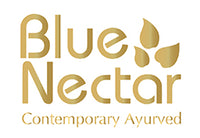

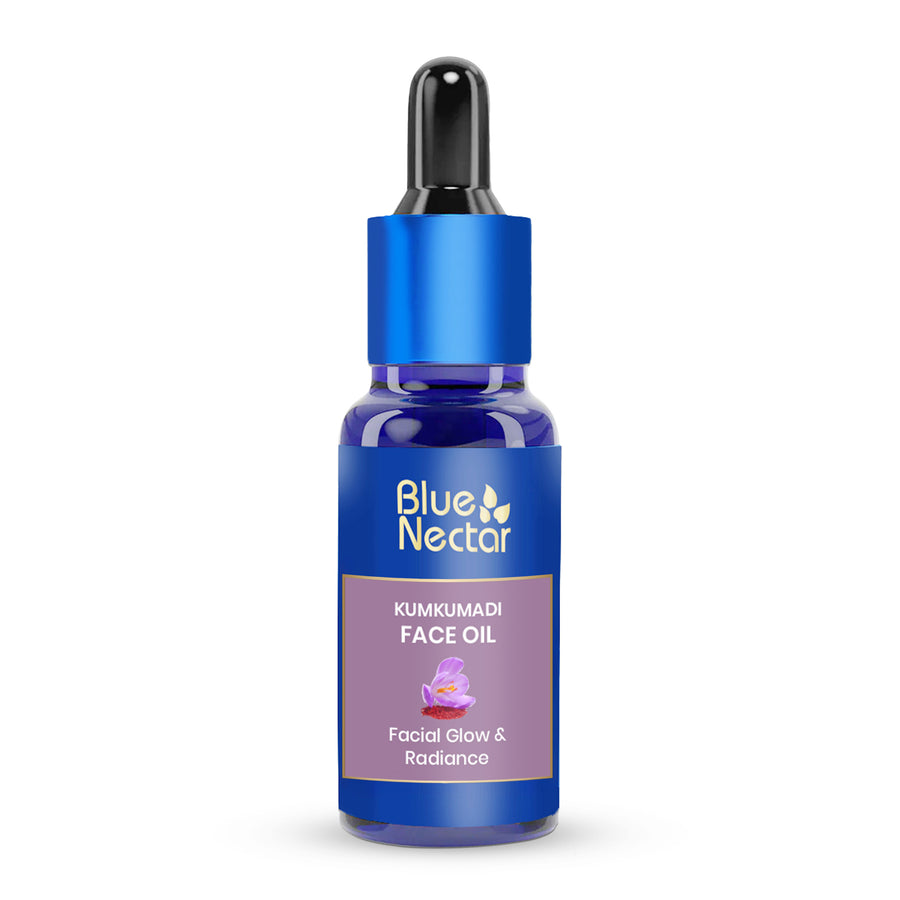
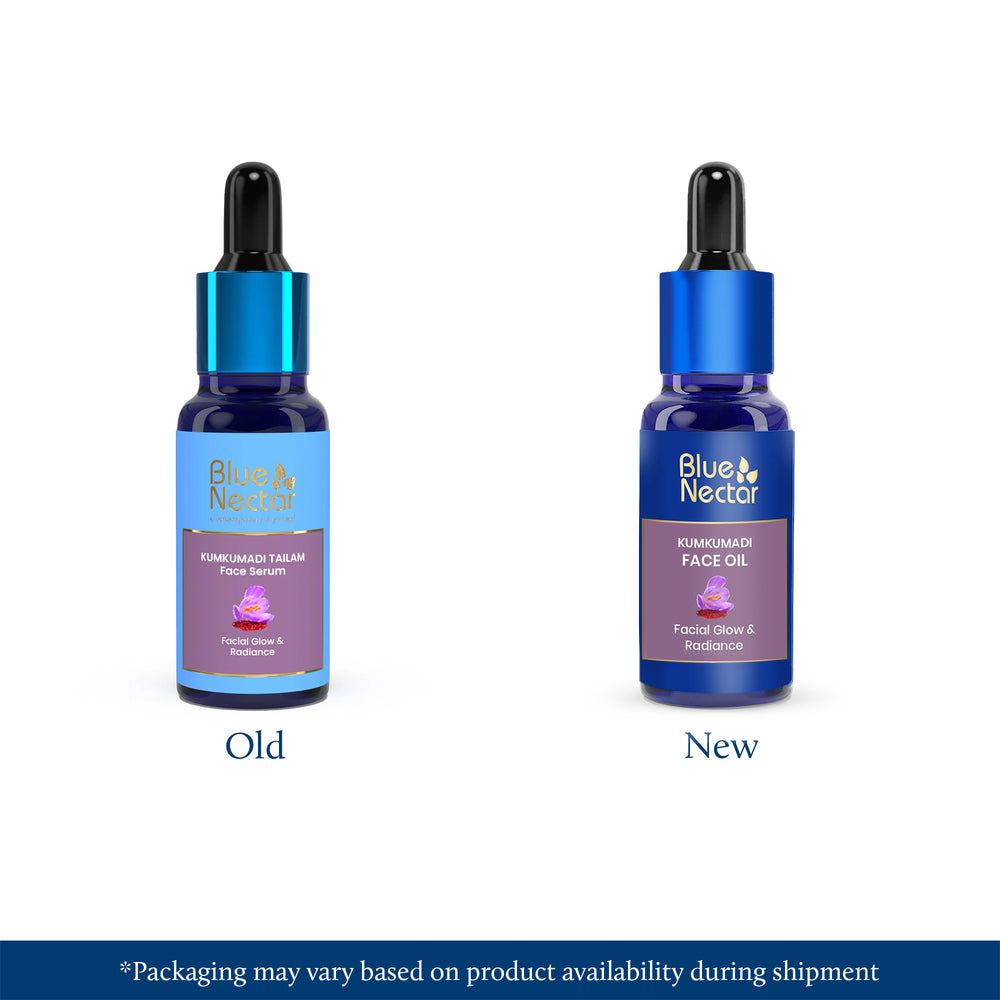
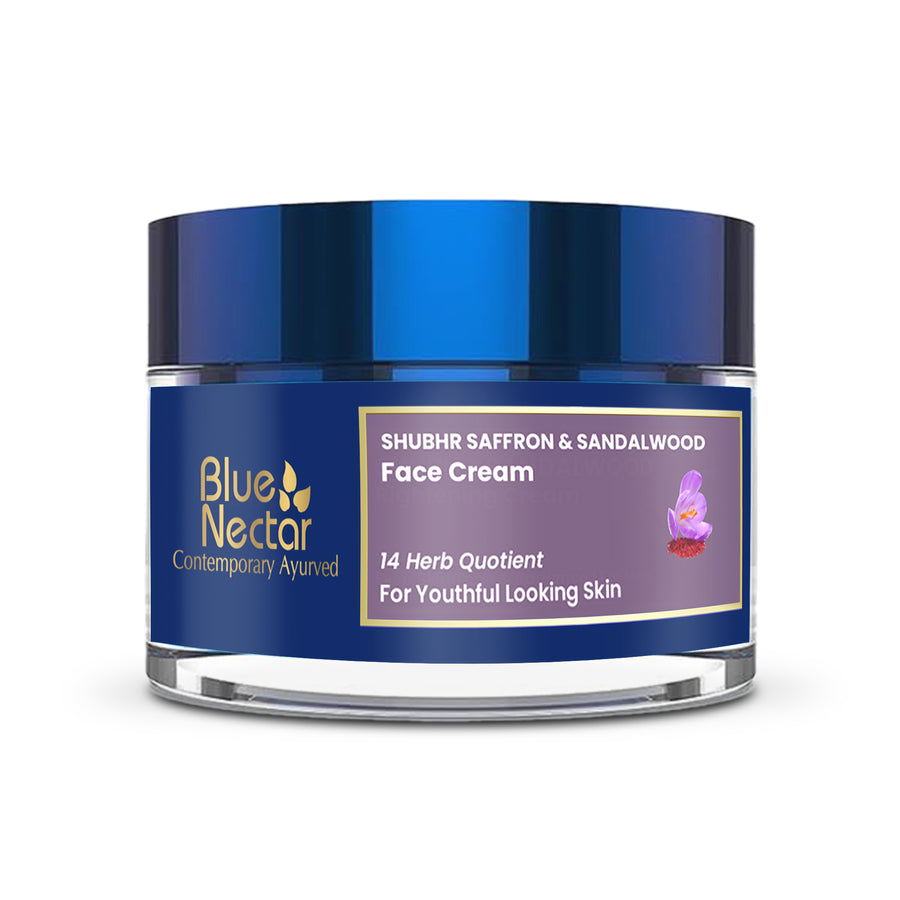
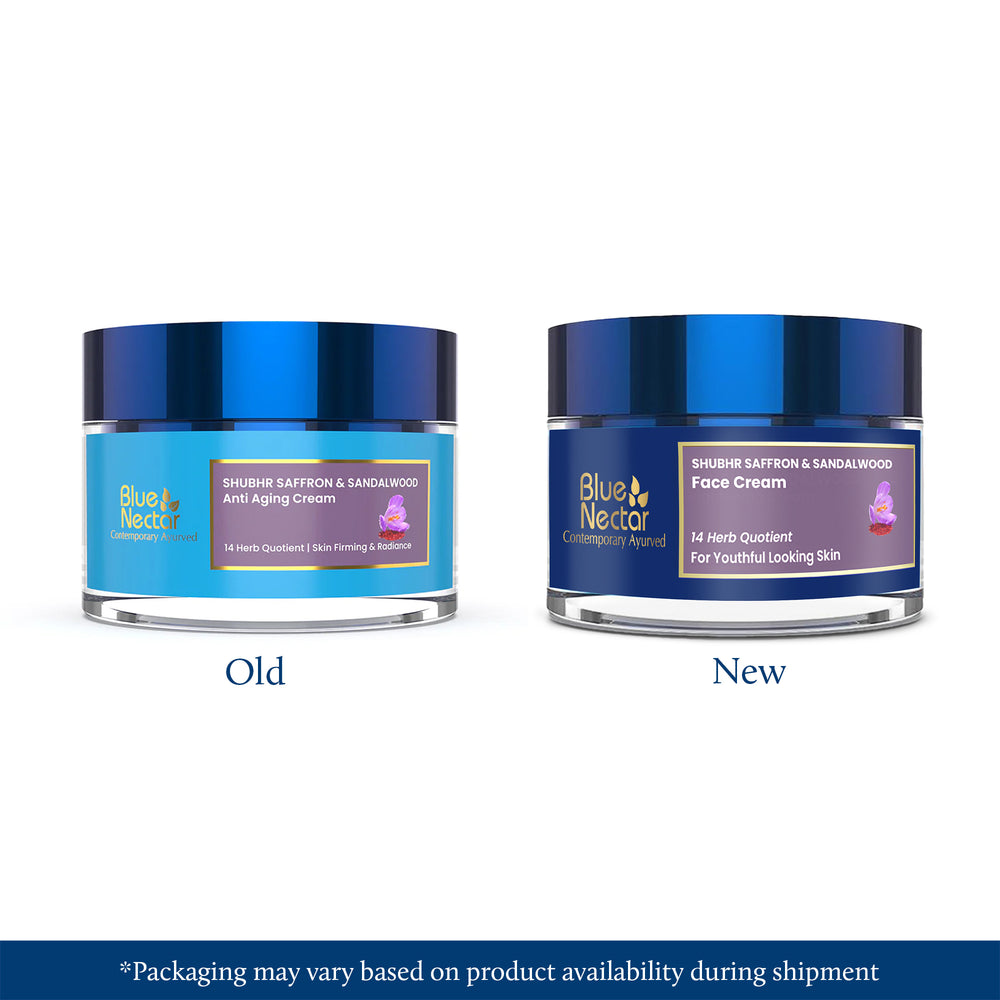
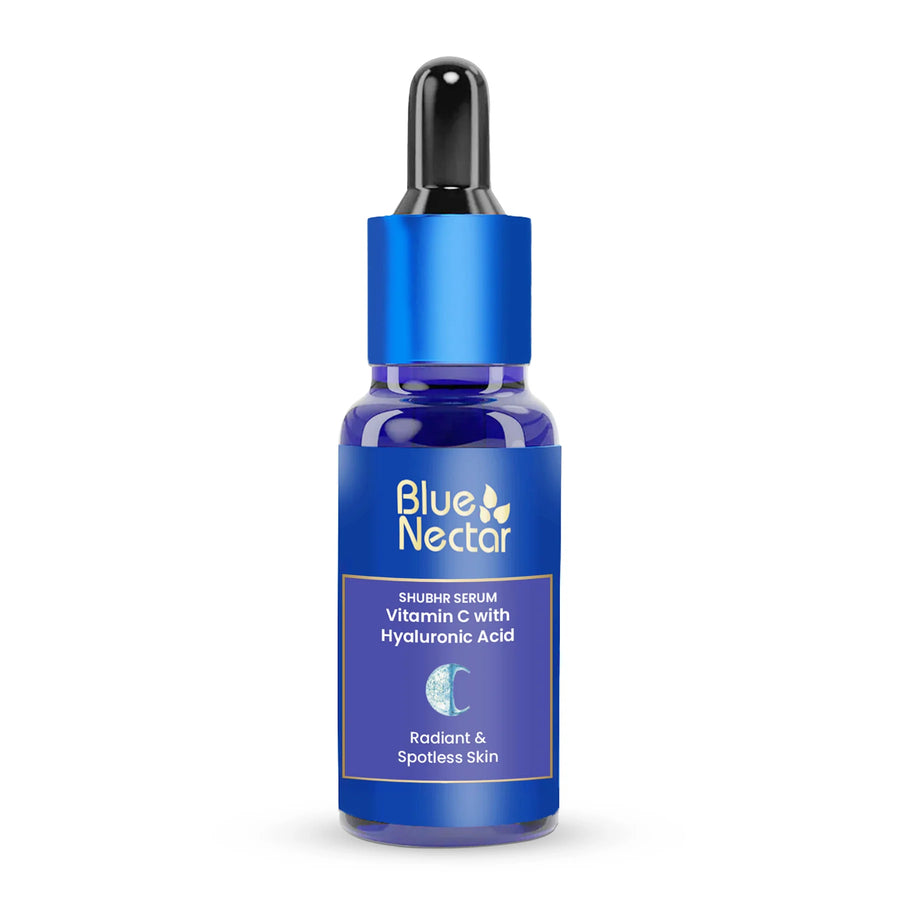
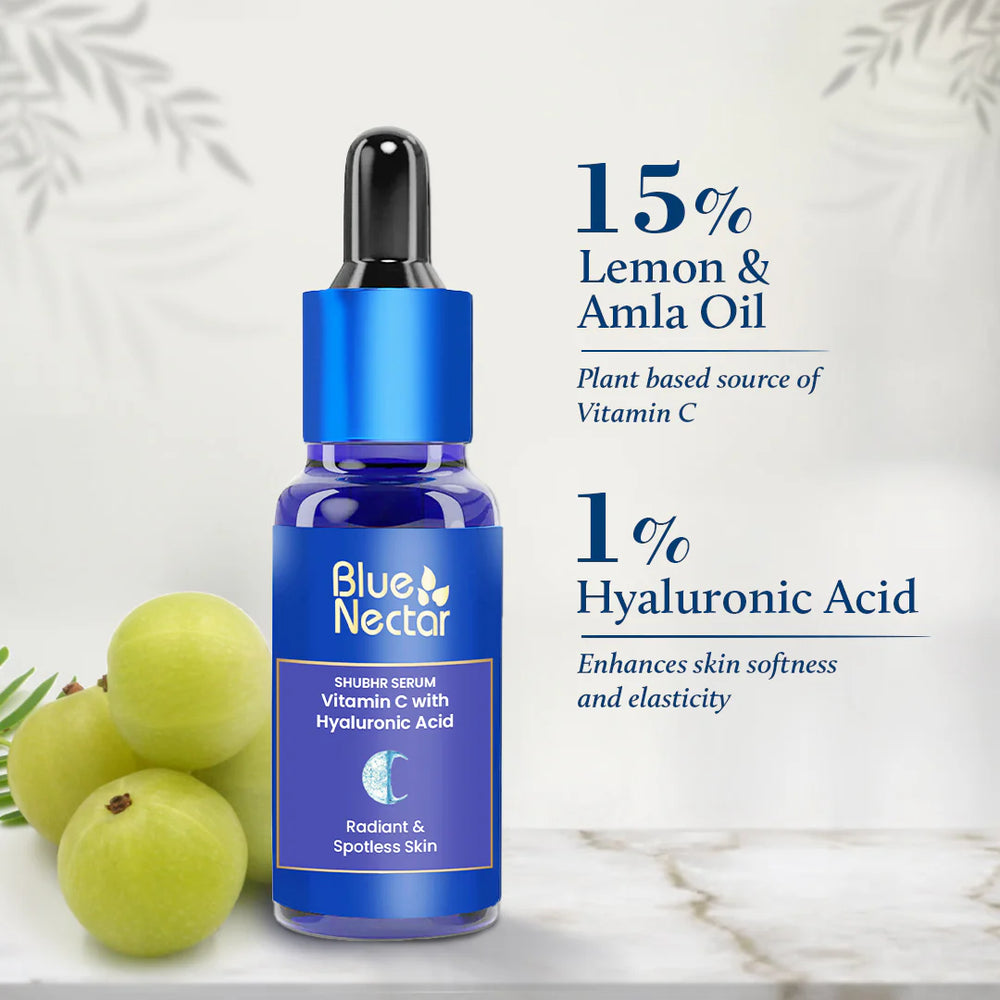
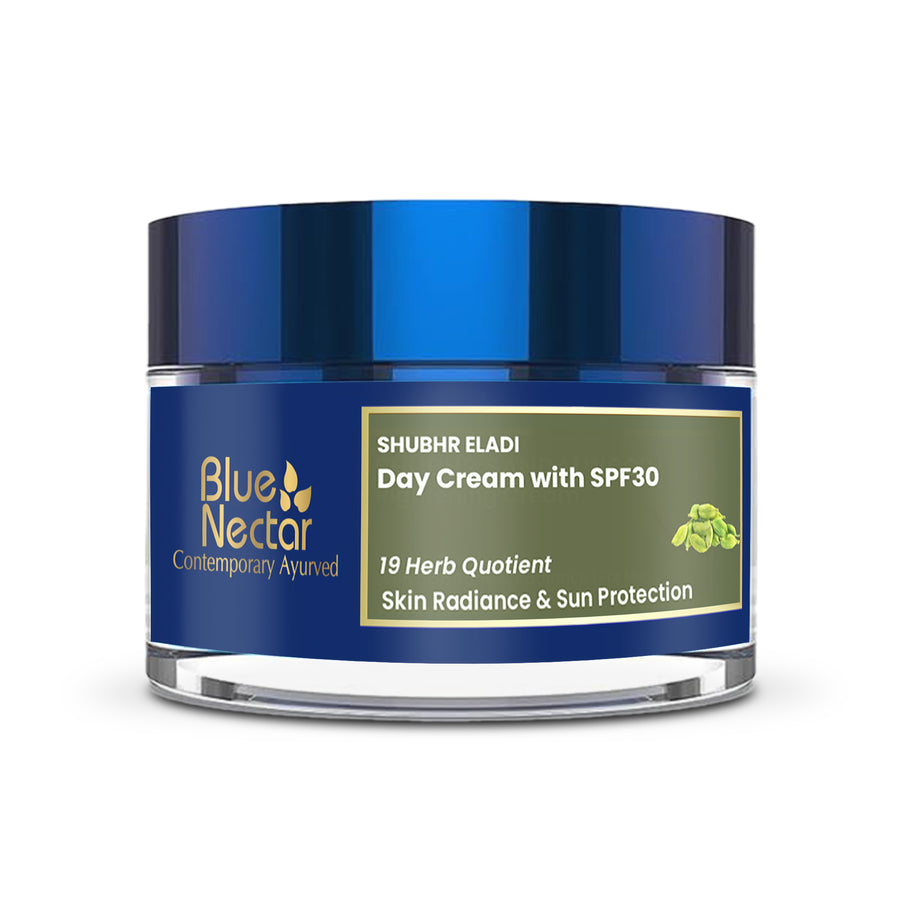
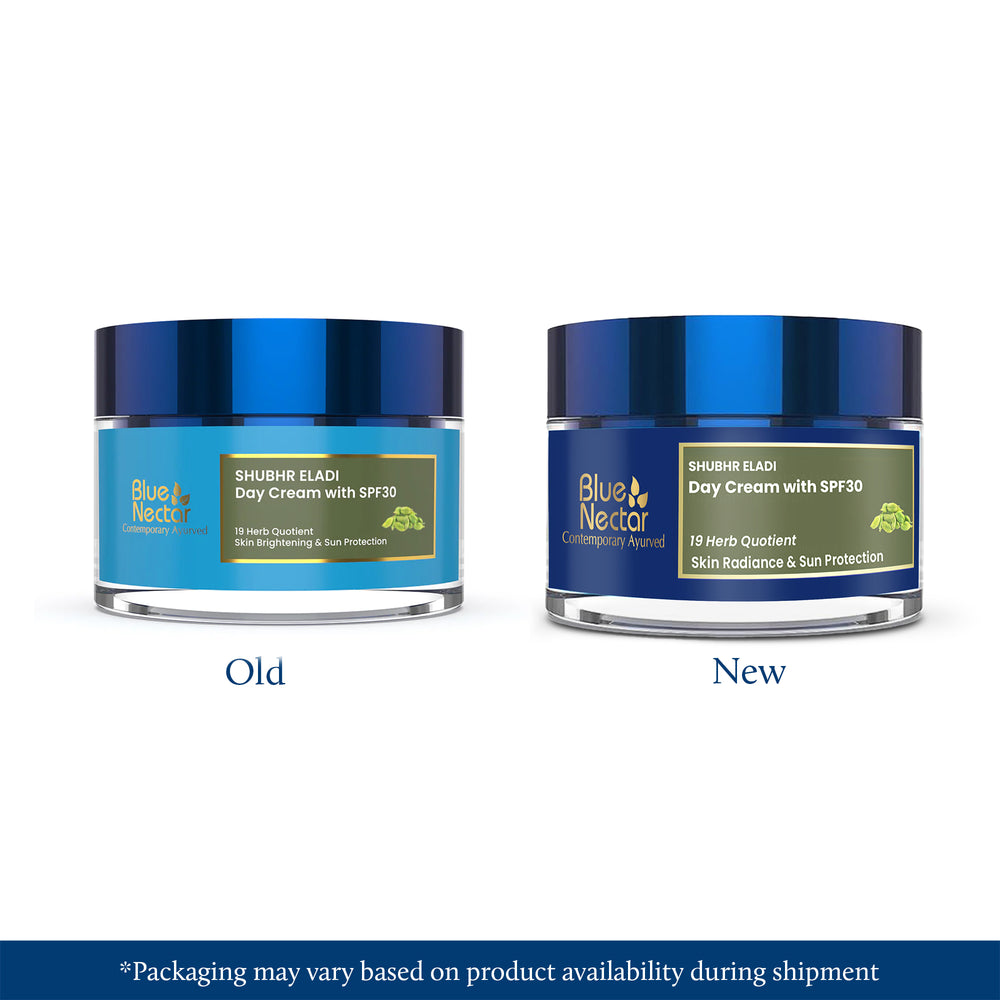
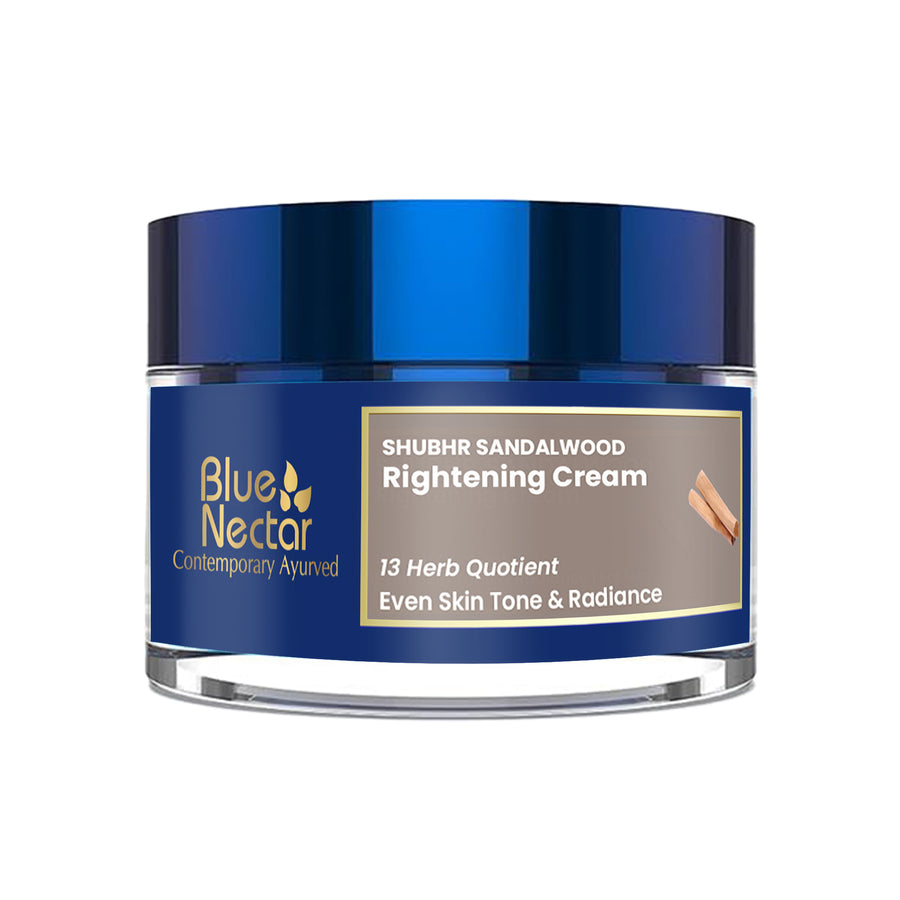
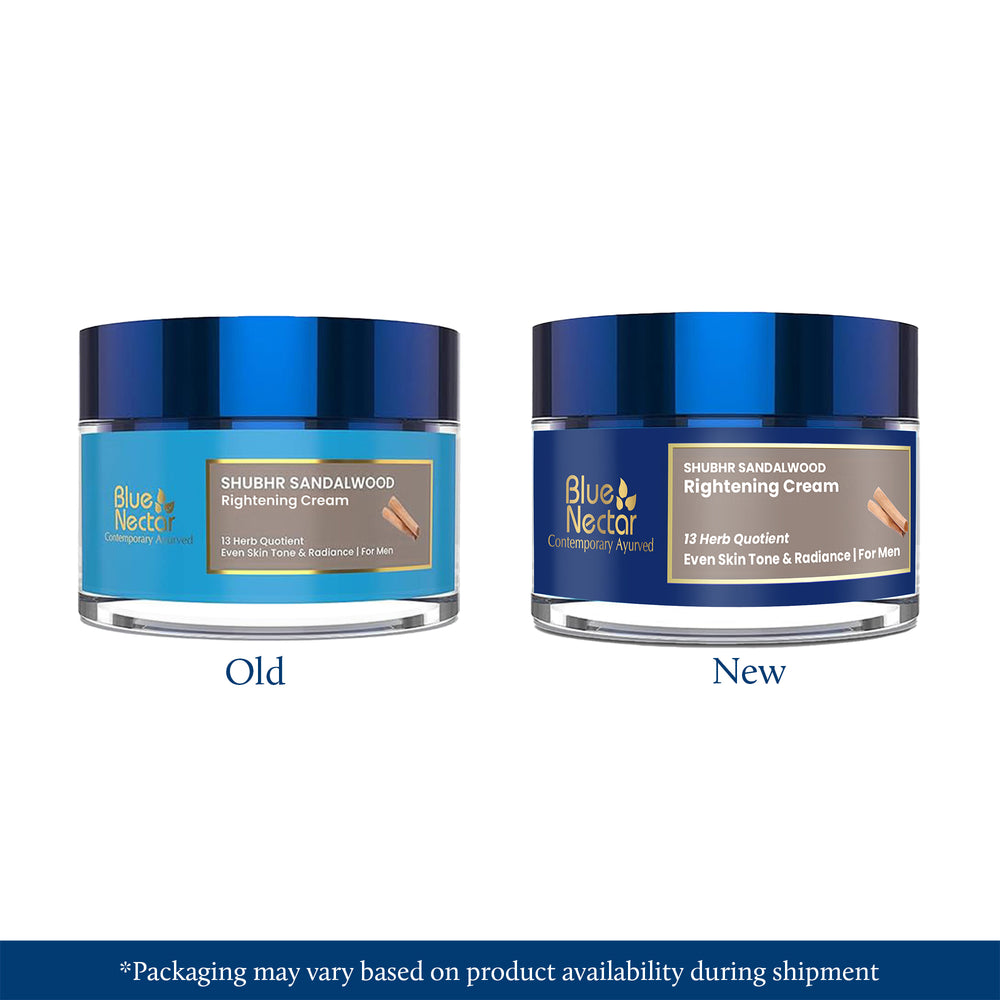




Leave a comment